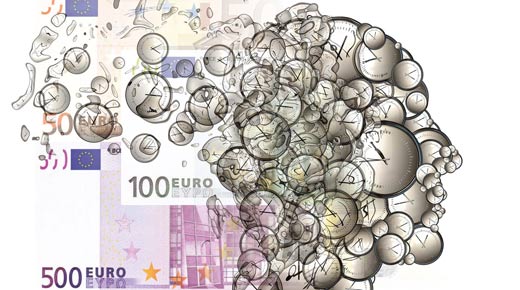
What differentiates a lean-thinking organization from a traditional one? Basically, the lean-thinking organization is grounded in the answers to two simple questions: “What do my customers value?” And, “What organization and work processes inside my company will most directly deliver that value?” Answering these two questions through a value-added perspective will help you determine how to structure your work, how to create and share information, and how to measure the performance of the key elements of lean-thinking organizational redesign.
|
ADVERTISEMENT |
The structure of work
Lean thinking demands that an organization look at work differently than the traditional approach. Employees in lean organizations think of themselves as part of a linked chain of operations and decision-making points that continuously deliver value to customers whenever the customer requests it. In a lean environment, people understand how their work relates to the rest of the organization and to the customer. They understand how work is supposed to flow, and how to best utilize their time to minimize or eliminate nonvalue-added activity—whether from policies, procedures, practices—so that it does not slow down delivery to the customer.
…
Add new comment